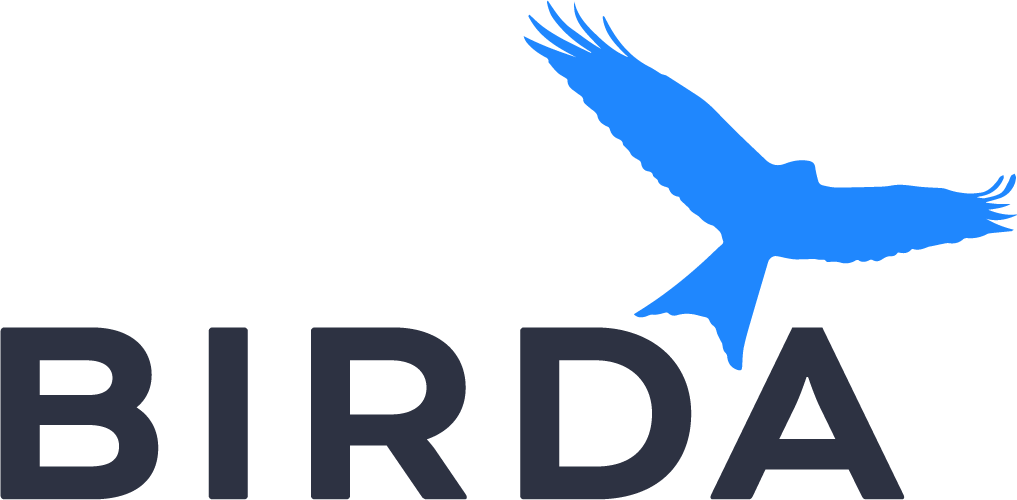Black Sicklebill
Epimachus fastosus
The black sicklebill, Epimachus fastosus, is a remarkable and large bird of paradise, boasting a length of approximately 110 cm including its tail, which is the second-longest among its kin. The males are adorned with jet-black plumage, iridescent scale-like feathers of a metallic blue to greenish-blue hue, and a long, silver bill. Their eyes are a striking scarlet-red, set in a face with blue-greenish iridescent feathers. The females, in contrast, are more subdued in coloration, with olive-light brown upper parts and a creamy belly with black barring.
Identification Tips
To identify the male black sicklebill, look for the long, slightly downcurved silver bill, the bright yellow mouth, and the scarlet-red eyes. The iridescent blue-greenish feathers on the face and the black body with blue iridescence are also key features. The female can be recognized by her olive-light brown upper parts, orange-brown crown, and creamy belly with black barring. Both sexes have grey-blackish legs and feet.
Habitat
The black sicklebill is found in montane forests, preferring altitudes ranging from 1,800 to 2,150 meters.
Distribution
This species is native to central New Guinea and the Vogelkop region to the northwest.
Behaviour
The black sicklebill is known to feed solitarily, although it may occasionally join mixed foraging flocks. During courtship, the male performs an elaborate display involving his pectoral fans to impress the female.
Song & Calls
The male black sicklebill produces a distinctive, powerful "kwit-it kwit-it" call that carries far and is a characteristic sound within its habitat.
Breeding
Breeding males display from September to October and February to April. They are polygynous, mating with multiple females. The female is solely responsible for nest-building and caring for the offspring.
Similar Species
The black sicklebill may be confused with the brown sicklebill, but can be distinguished by the male's less downcurved bill and the female's brown eyes.
Diet and Feeding
Omnivorous in nature, the black sicklebill feeds on an equal proportion of fruits and animal prey, including insects.
Conservation status
The black sicklebill is currently classified as Least Concern by the IUCN Red List, with an estimated population of 2,000-10,000 individuals. However, it faces threats from habitat loss, hunting, and a declining population in parts of its range.

























